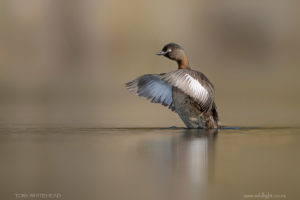Bird photography, along with wildlife in general and sport photography, are probably the last bastions of the DSLR and all share the need to shoot plenty of shots to get that one standout image. Mirrorless cameras have made large strides but still lag in terms of continuous autofocus performance and the limitations of an electronic viewfinder (EVF). While EVFs are now very good and the overlay of live information can be very useful, the brief lag makes it very difficult to time shots for the peak of action. Small details like a catchlight in a bird’s eye cannot be seen as well as with an optical viewfinder (OVF) and I find an EVF frustrating in comparison.
All things photographic are a compromise and for bird photography I have migrated from high frame rate (8-9 fps) and relatively low resolution, by today’s standards, (12MP) Nikon D300, D700, D3s to a relatively slow frame rate (4-6 fps) but high resolution (36MP) Nikon D800, D810 and most recently back to a high frame rate (10fps) relatively high resolution (20MP) Nikon D500. Each progression has brought improved autofocus and that has been the most important improvement. To gain that autofocus improvement I have been happy to sacrifice frame rate in exchange for resolution with the cropping flexibility it gives. The D500 has been far and away the best bird photography DSLR that I have used and in combination with the amazingly sharp Nikon 300mm f4 PF provides an incredibly light and capable kit. The newly announced Nikon D850 will bring the benefits of great autofocus with almost the same frame rate (9 fps provided a battery grip with EN-EL18a battery is added) and even higher resolution (45.7MP) but the cost and weight will make it difficult to nudge the D500 out of the sweet spot
I have previously written on “working a subject” and with bird photography where we have very limited ability to move around our subject, part of this involves taking plenty of shots. Two reasons for this were highlighted and well illustrated by some photos I recently took on consecutive days. The first issue is that birds are small and mobile and subtle differences in pose and head angle can make a significant difference to the success of photo. The second issue is the nictitating membrane that flicks over the eye giving it a glazed zombie-like appearance. If your only shot in a good pose has a weird eye it is disappointing so it is worth taking plenty of shots once you have a subject in a good position. This becomes exponentially more important when you have multiple birds in frame with interactions happening.
These photos both show images captured within fractions of a second where one has a clear eye and one is spoiled by a nictitating membrane(and protruding tongue).
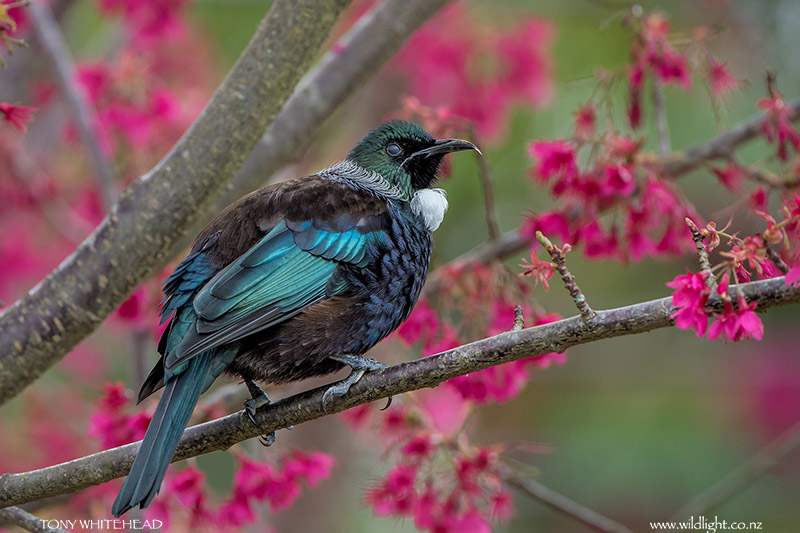
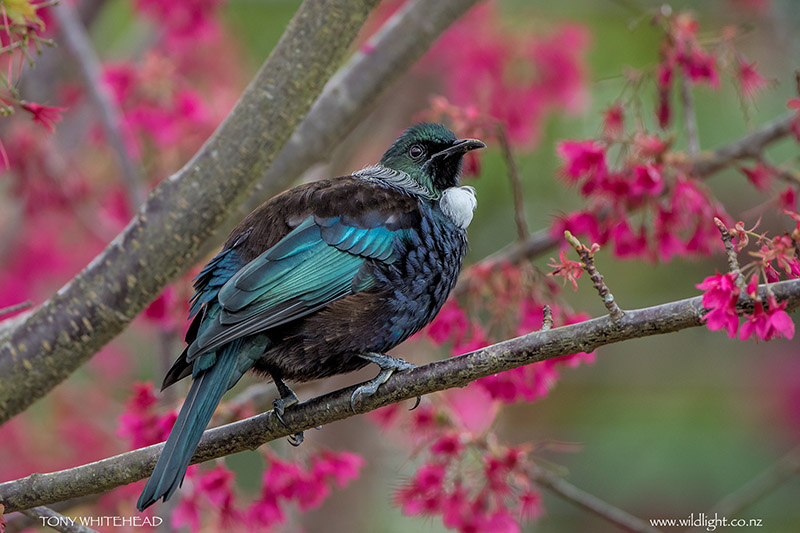
The following images of a Welcome Swallow show the dramatic change in posture that can happen within a fraction of a second with such small mobile birds and again has one with a nictitating membrane ruining the shot. In some cases if you have the perfect shot the nictitating membrane issue can be improved with selective contrast adjustments but never looks as good as a clear bright eye. My usual process is to take shots in bursts of 2 or 3 which invariably will give me a clear eye in the sequence.
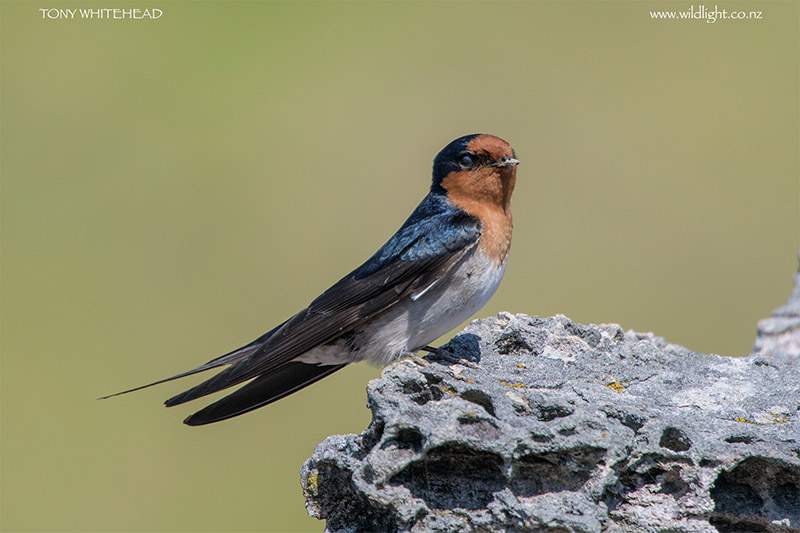
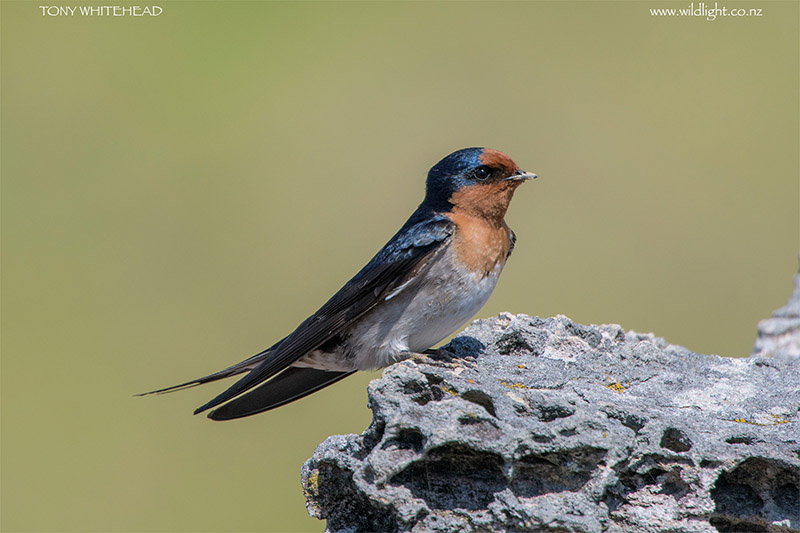
Tui photos with Nikon D500 and Nikon 500mm f4, Swallow with D500 and Nikon 300mm f4PF + TC2 III teleconverter.
